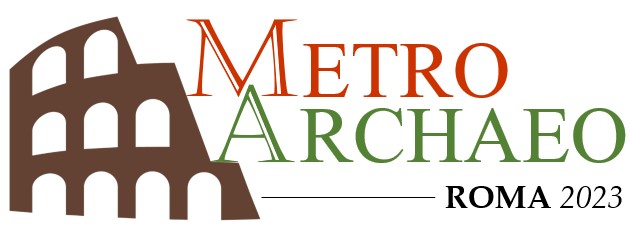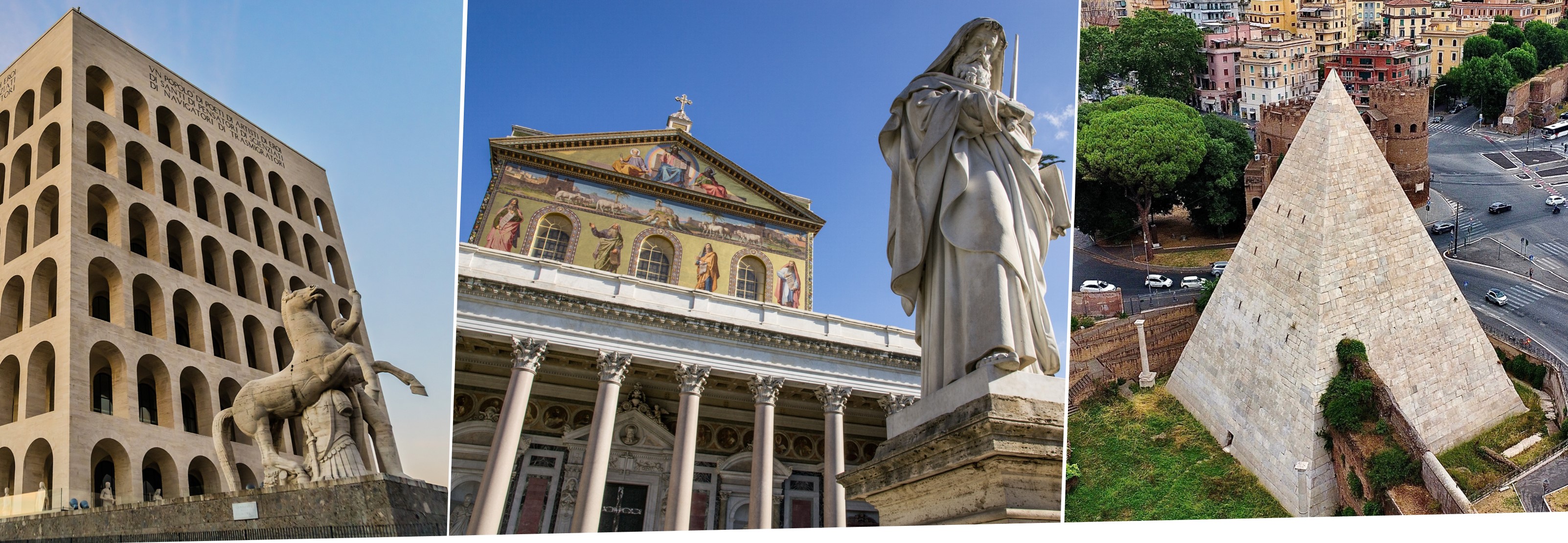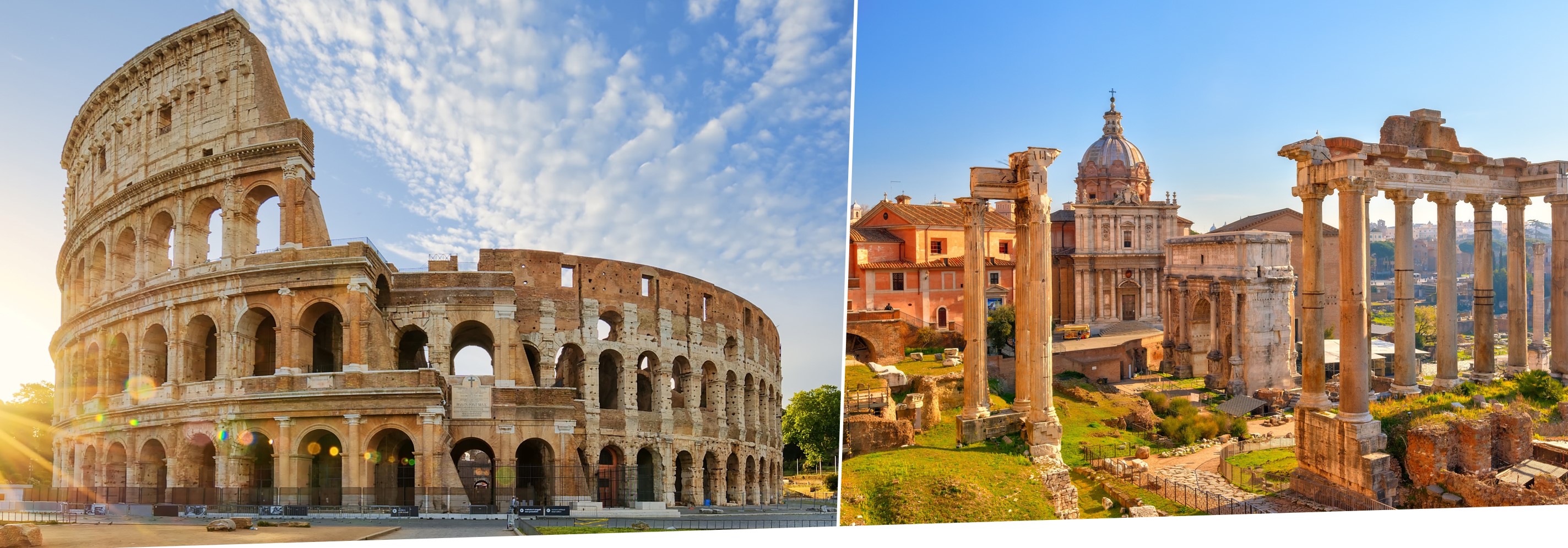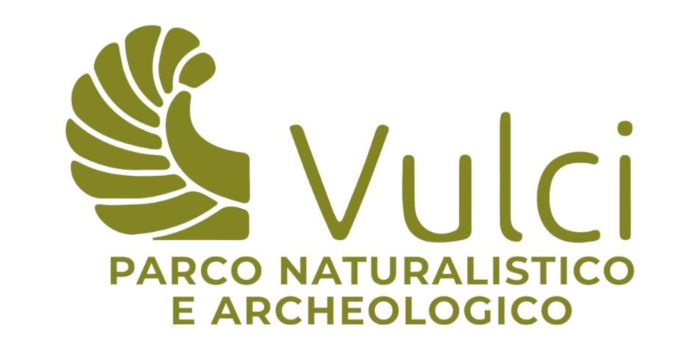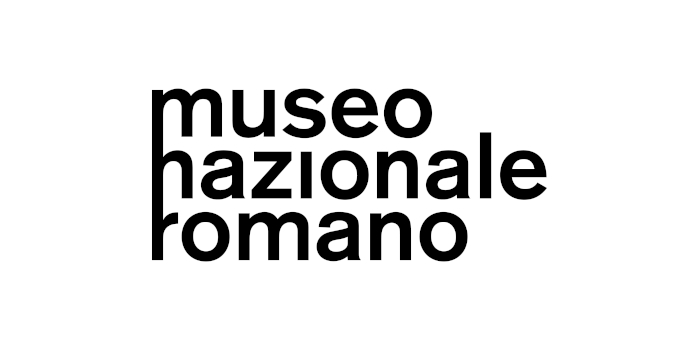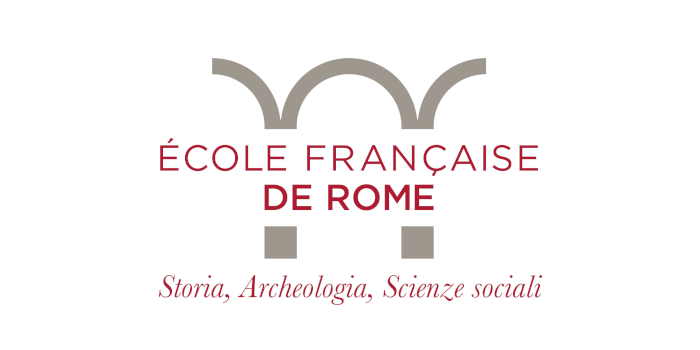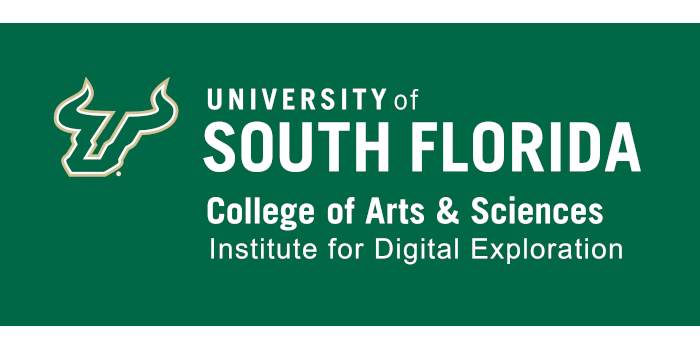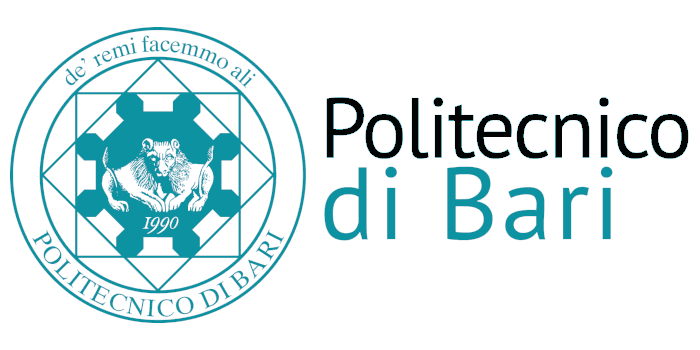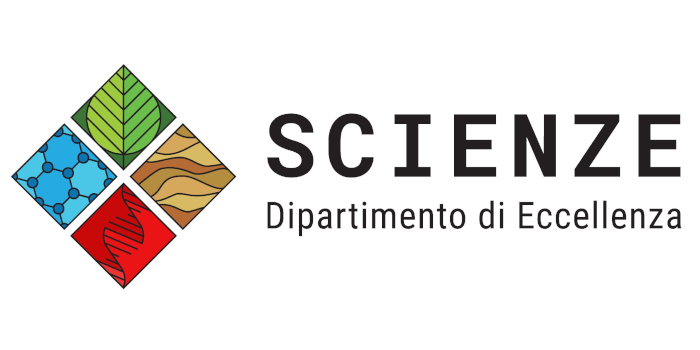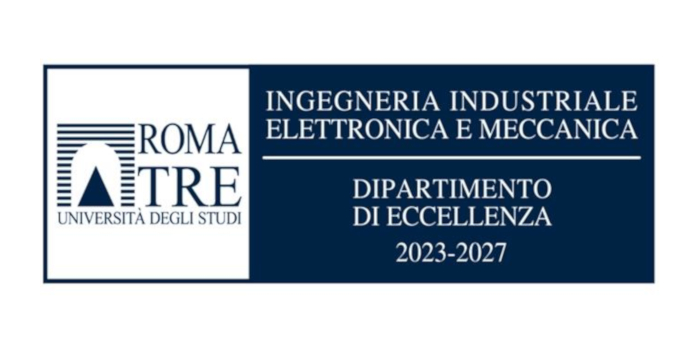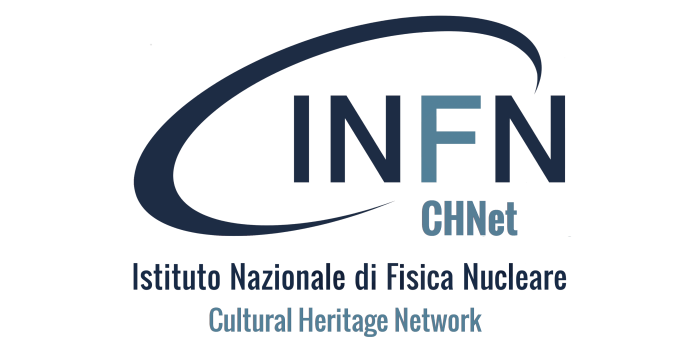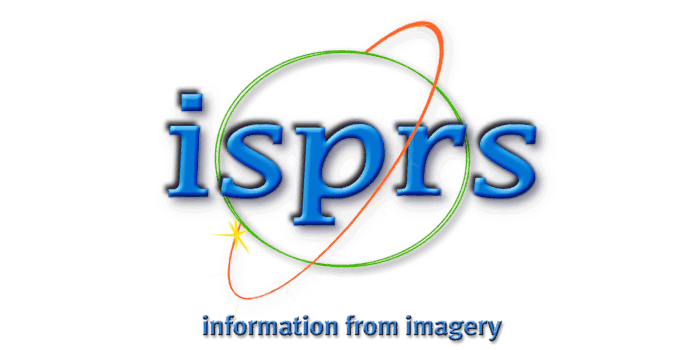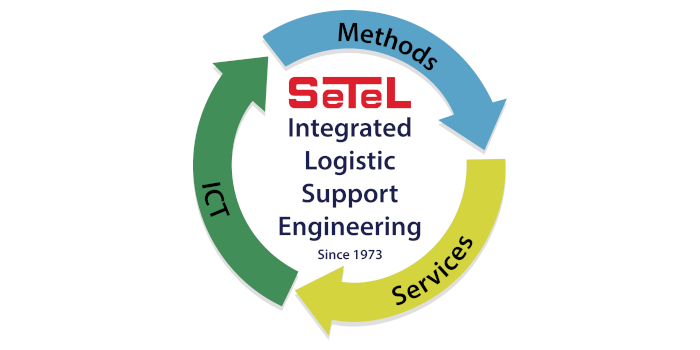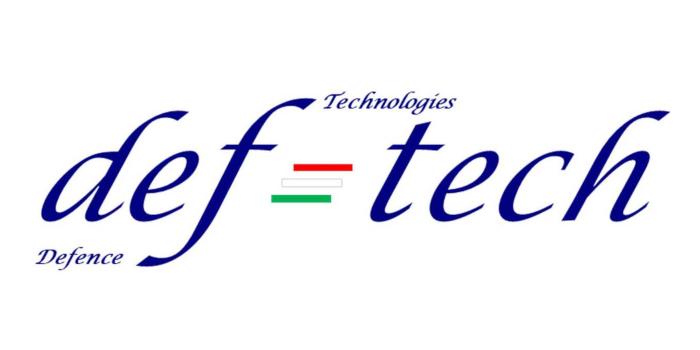SPECIAL SESSION #18
Multiscalar Approaches to Digital Documentation of Archaeology: Challenges, implications, and solutions
ORGANIZED BY
Alfonso Ippolito
Sapienza University of Rome, Italy
Martina Attenni
Sapienza University of Rome, Italy
ABSTRACT
Representation, analysis, interpretation, and communication of archaeological heritage includes a wide range of interdisciplinary subjects and competences. Innovative tools which are constantly being developed make it possible to understand the key elements of archaeological heritage based on considerations extracted from historical analysis and to have at disposal a large quantity of information gathered by taking advantage of the potentialities of technologically advances tools (3D laser scanner, systems of massive acquisition of photographic data, modeling systems of image based, etc). 3D scanning and image-based modelling both represent mature technologies for 3D capturing, building different mod els to investigate the form, reconstruct the process of designing, studying formal, proportional, and spatial features of archeological elements, from a huge scale to a small one. The interrelation between theory, methods and application opens up the possibility to achieve complete results as far as documentation, analysis and interpretation of archaeology. On one hand, high precision 3D models, explorable and measurable, realistically show surface qualities; on the other hand, these models extend knowledge of archaeological artefacts through the correct interpretation of data in their historical and metric framework.
Contributions to this session will discuss the use of integrated and multidisciplinary approaches in archaeology, use of digital data acquisition technologies, data processing and communication.
MAIN TOPICS
The focus will be on:
- integrated survey of archaeology analyzing the possibilities offered by the survey for different scales object (structures, architectures, fragments)
- the state of the art for the so-called data fusion in archeology
- the boundary between the 3D data (numerical models, point cloud) and 3D models (solid or superficial) as a result of an intelligent activity
- the results of machine learning and the comparison with the scholar reading of archaeological artefact
- BIM processes in archaeology
- the next challenges of the archeological heritage digitization
- the real impact of 3d models for communication and teaching archaeological heritage
ABOUT THE ORGANIZERS
Alfonso Ippolito - Architect and Full Professor at Department of History, Representation and Restoration of Architecture at Sapienza University of Rome. He teaches Architectural Survey and Scienza della Rappresentazione III at the Faculty of Architecture from 2008 and also teach to master’s and PhD Courses. Works actively on Cultural Heritage, tangible and intangible, on a lot of research projects. Among the cultural heritage objects researched mention must be made of the San Pietro Dome, the wooden model of San Pietro made by Antonio da Sangallo the Younger, the Giano’ Arch in Rome; the Roman theatre and amphitheatre in Merida, Spain; the El Khaseneh theatre and the royal tombs at Petra, the t heatre in Jarash, Jordania, San Carlo ai Catinari Dome in Rome. Since 2012 is member and referee of Computer Applications and Quantitative Methods in Archaeology (CAA). Since 2005 sits on the editorial board of scientific Journal of Class A “Disegnare. Idee Immagini”. Since 2012 sits on the scientific committee of the MAVNA Museum (Virtual Archaeological Museum of Narce) in Mazzano Romano (Rome).
Martina Attenni - Architect, PhD and researcher at Department of History, Representation and Restoration of Architecture at Sapienza University of Rome. She works in some research concerning the surveying of complex archaeological sites, the study, analysis and modeling of architectures and urban elements.
She is interested in integrated methods of non-contact surveying for architectural and archaeological heritage, she studies 3D surveying technologies, 3D data modelling. She has been interested in recent years in the BIM/HBIM (Building Information Modeling/ Heritage Building information modeling) processes for the knowledge, management, and communication of historical Heritage.
She participates in various national and international conferences concerning the new technologies for non-contact architectural surveying, integrated methodologies for 3D data modeling and communication.
